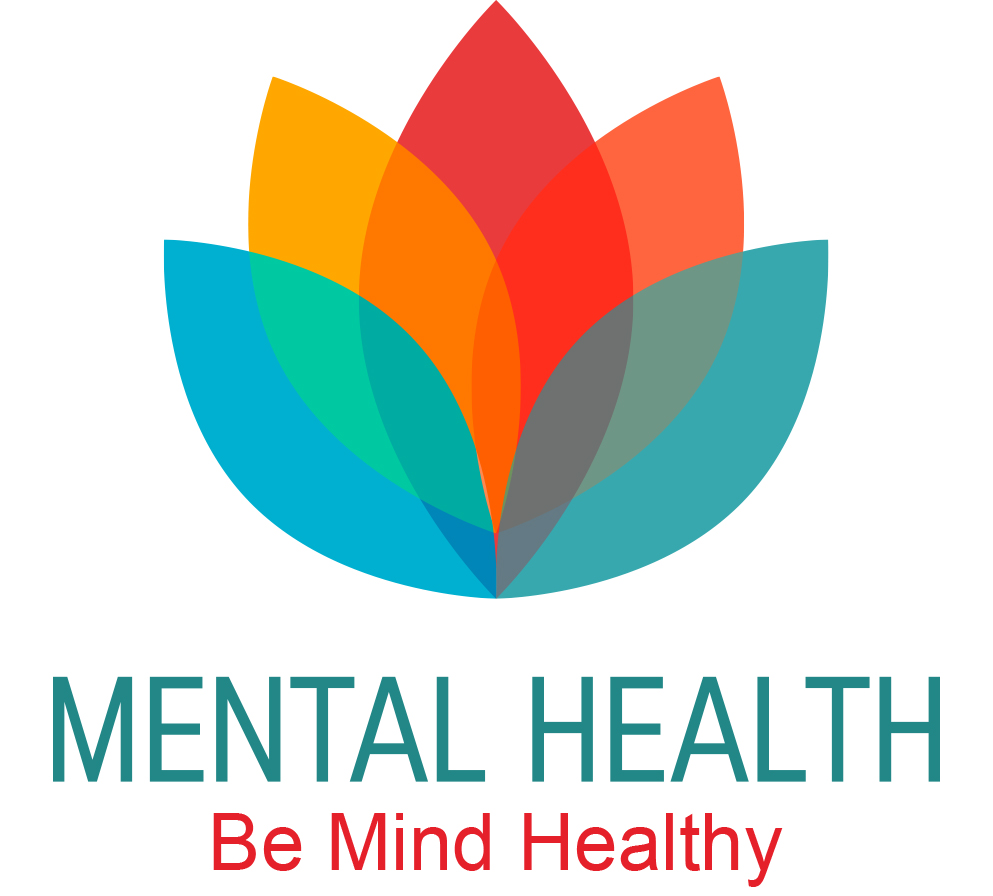
The Lesbian, Gay, Bisexual, Transgender, Queer, Questioning Plus (LGBTQ+*) community represents a diverse range of identities and expressions of gender and sexual orientation. In addition to these identities, members of the community are diverse in terms of race, religion, ethnicity, nationality and socioeconomic class. This intersectionality — the combined and overlapping aspects of a persons’s identity — brings diversity of thought, perspective, understanding and experience. This complexity is important to understand as a unique and valuable aspect of the LGBTQ+ community that can result in a strong sense of pride and resiliency.
While belonging to the LGBTQ+ community can be a source of strength, it also brings unique challenges. For those who identify as LGBTQ+, it’s important to recognize how your experience of sexual orientation and gender identity relates to your mental health.
Although the full range of LGBTQ+ identities are not commonly included in large-scale studies of mental health, there is strong evidence from recent research that members of this community are at a higher risk for experiencing mental health conditions — especially depression and anxiety disorders. LGB adults are more than twice as likely as heterosexual adults to experience a mental health condition. Transgender individuals are nearly four times as likely as cisgender individuals (people whose gender identity corresponds with their birth sex) individuals to experience a mental health condition.
LGB youth also experience greater risk for mental health conditions and suicidality. LGB youth are more than twice as likely to report experiencing persistent feelings of sadness or hopelessness than their heterosexual peers. Transgender youth face further disparities as they are twice as likely to experience depressive symptoms, seriously consider suicide, and attempt suicide compared to cisgender lesbian, gay, bisexual, queer and questioning youth. READ MORE
